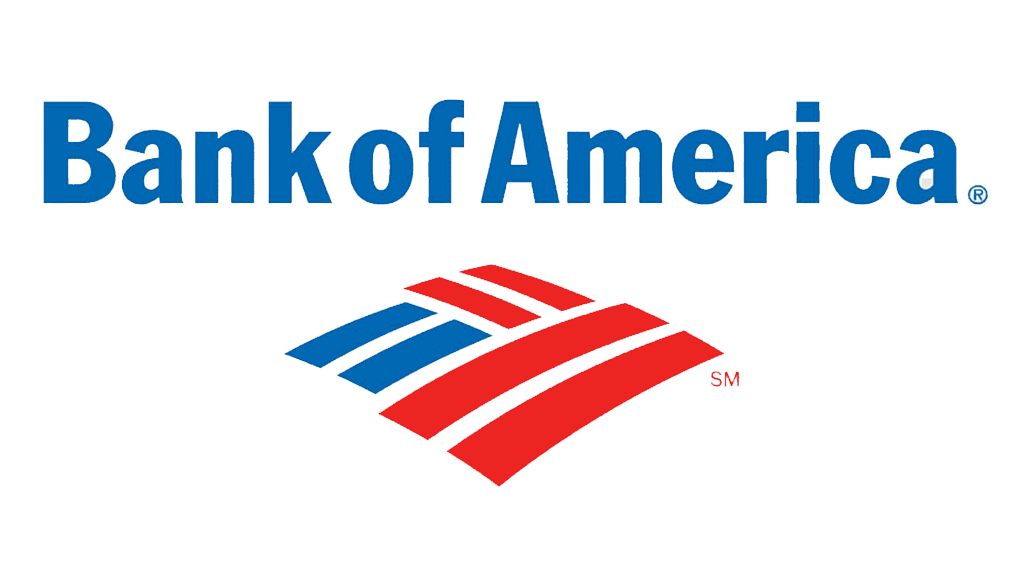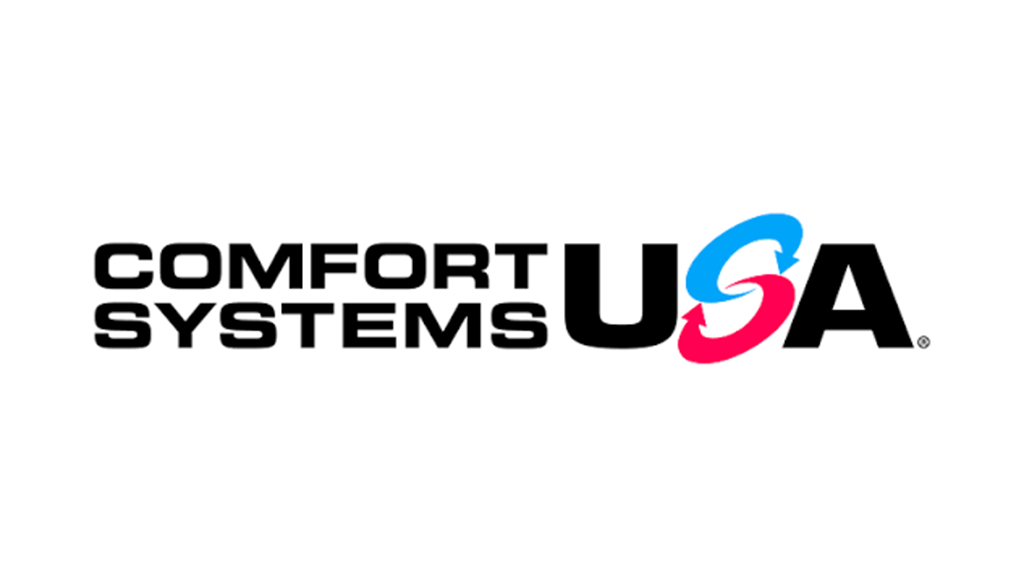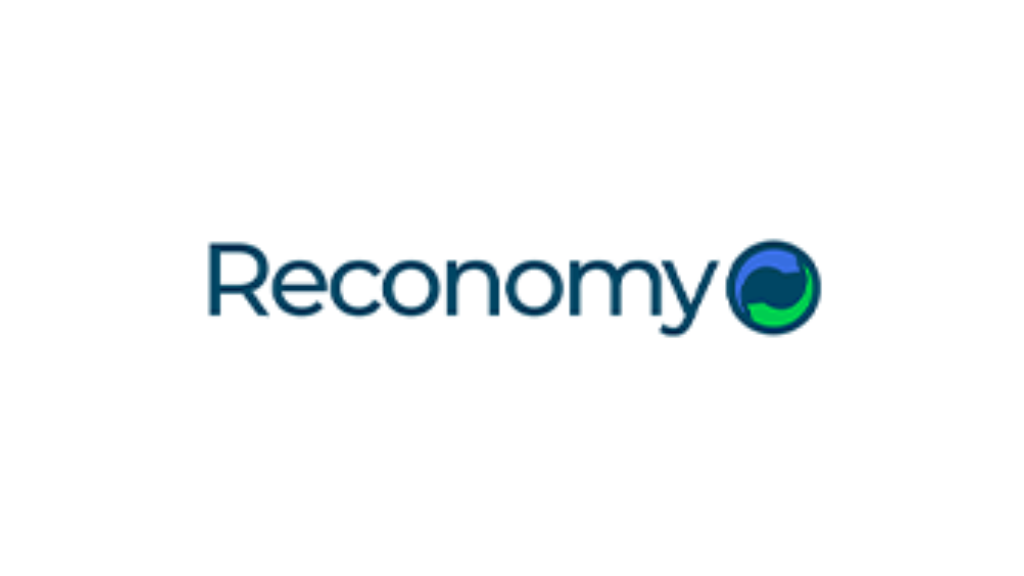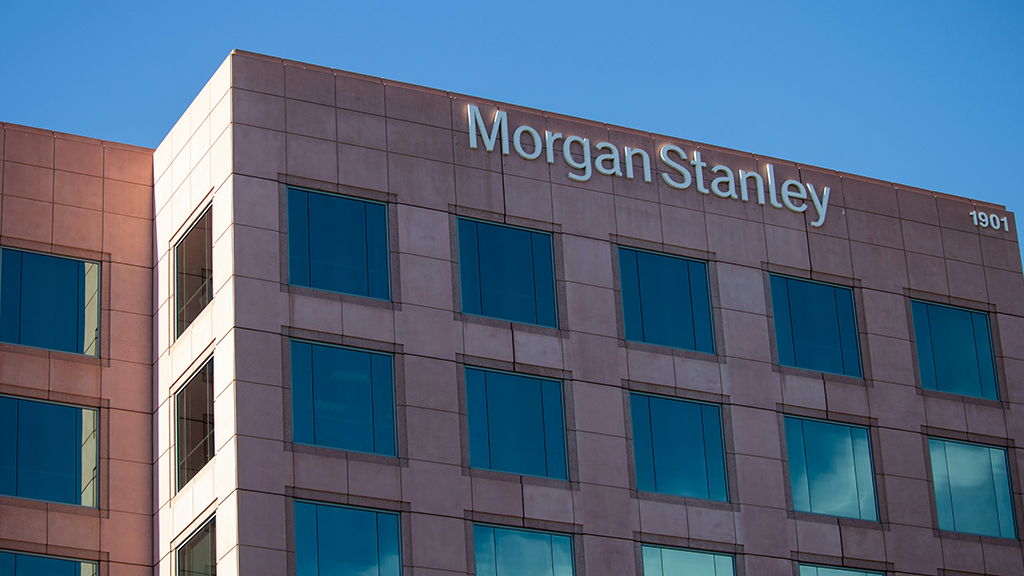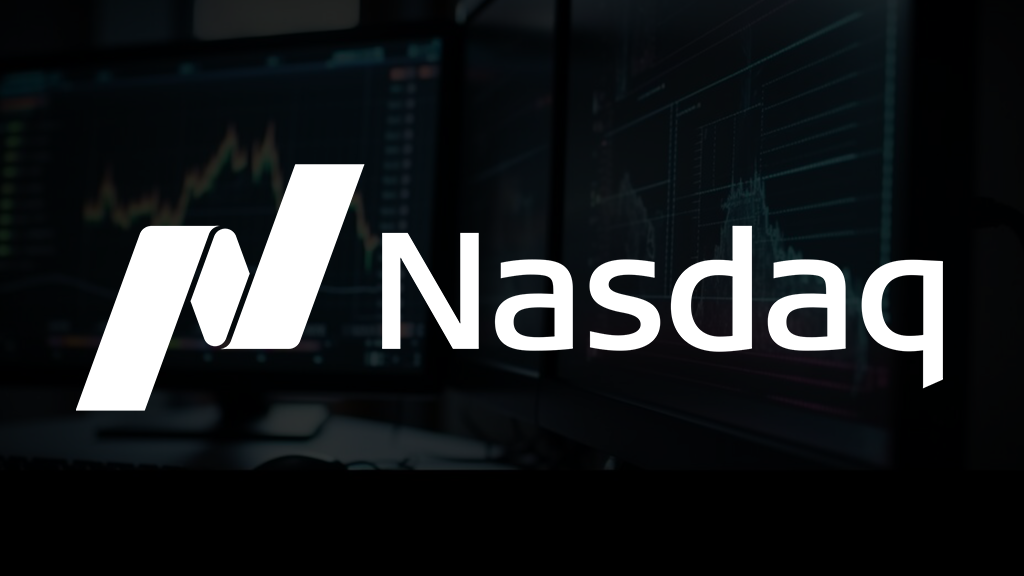Diane Winn, PCC
Leadership Coach
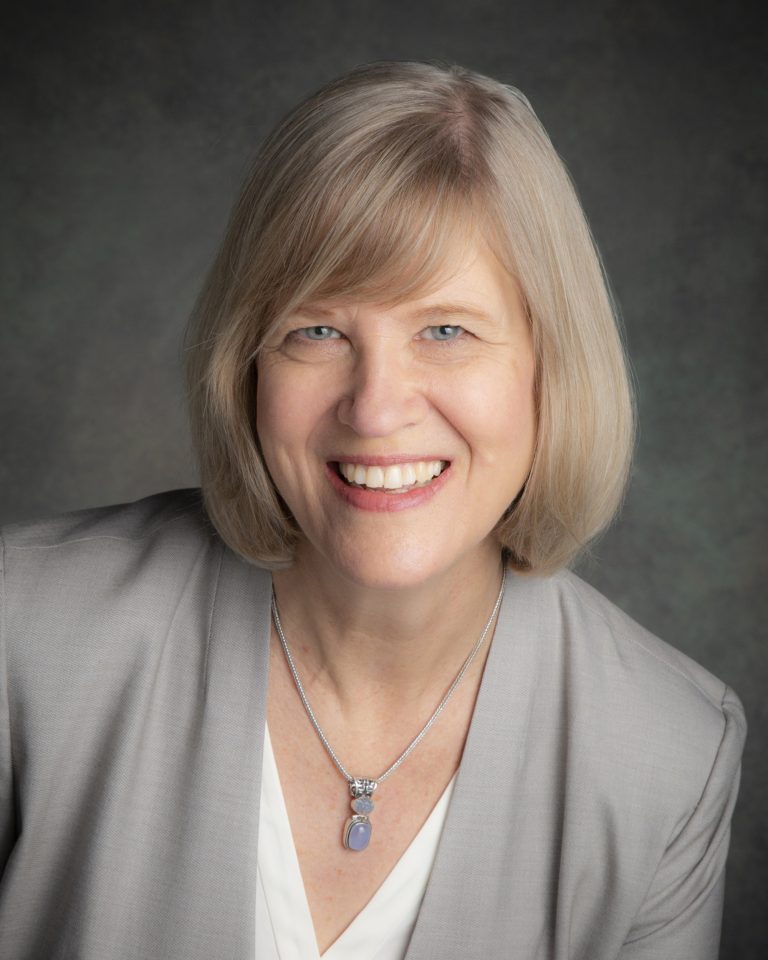
Diane Winn, PCC
President – Leadership Coach – Mentor
Superior results come from who you are more than what you do.
Diane Winn is a certified Leadership coach, mentor, facilitator and speaker with over 25 years of success providing the support leaders and executives need to reach their potential. She understands firsthand the responsibilities and challenges leaders undertake, particularly women in business. As a full-time professional coach and mentor operating her own consultancy, Through Eagles Eyes, Inc., since 2004, Diane brings awareness to the opportunities inherent in the challenges clients are facing. Her coaching supports sustainable change in thinking, behavior and outcomes. Clients obtain greater leadership presence and measurable results. A client’s success is her single focus.
A New Way of Leadership – Returning to the Old Ways.
What if we, as leaders, don’t have all of the answers?
Working with executives in the C-Suite has revealed an interesting fact. One of the greatest fears leaders hold is that someone will find out they don’t know what they are doing or they don’t have all of the answers. This leads to a lack of confidence in their decision making or downplaying their achievements. All of this can produce a self-fulfilling prophecy. Others feel the self-doubt and question their conclusions. The energy behind the decision is not as strong or inspiring as it could be.
The truth of the matter is, of course they don’t know what they are doing. At the C-Suite level of leadership your job is to create new opportunities and to respond appropriately to unexpected crises. The answers are developed from an array of possibilities, not from a textbook scenario.
Nelson Mandela made powerful sweeping change in South Africa beginning in 1994. He sat down with his opponents, his allies and various people from all levels of society in South Africa. His style of leadership came from sitting at his father’s side, listening to what others have to say. The story goes…
Nelson Mandela learned two key leadership skills from his father. He was the son of a tribal elder and someone asked him how he became such an amazing leader. He responded that as a young boy, he would attend tribal meetings along with his father and recalled two things from those meetings:
- They would always sit in a circle, and
- His father was the last to speak
We live in a leader-full world.
In organizations today, the team of leaders is the place to find the preeminent answers. Those leaders who are willing to challenge the status quo, challenge each other’s ideas as well as their own are the most effective leaders we have. How do we do this?
- In the Circle Way of leadership, especially as we learn to work within the leader-full system, one person might serve as a facilitator. A facilitator makes an action or process easier. They establish the ground rules of listening.
They introduce processes such as the talking stick approach, where whoever has the floor, often indicated by an object held by the speaker, is listened to until they feel understood. Facilitators keep the group focused on the task at hand.
- We listen. We listen deeply. Beyond the words, we listen to the emotions. We listen to what is not being said. We listen to our inner voice and pay attention to body language of the speakers and other listeners in the circle. We listen globally, with an open heart and an open mind.
- We question. We question our quick internal responses to the speaker’s ideas. We ask questions of the speaker for clarity. We seek to understand. What have I not considered before? What surprises are in this person’s approach to the solution?
- We open to another person’s perspective. How does this person’s perspective bring greater awareness or greater clarity to the solution that will be most beneficial to the whole program or organization?
- By recognizing the other people in the circle as leaders themselves, we honor and respect their point of view, their experience and their wisdom.
What are the benefits of the Circle Way of problem solving?
- Everyone brings their best ideas forward.
- A solution better than any one individual can generate appears.
- Participants have less resistance to committing to the agreed upon path.
- Easier accountability as everyone has had a part in creating the way forward.
- Enhanced outcomes in all areas of the organization.































